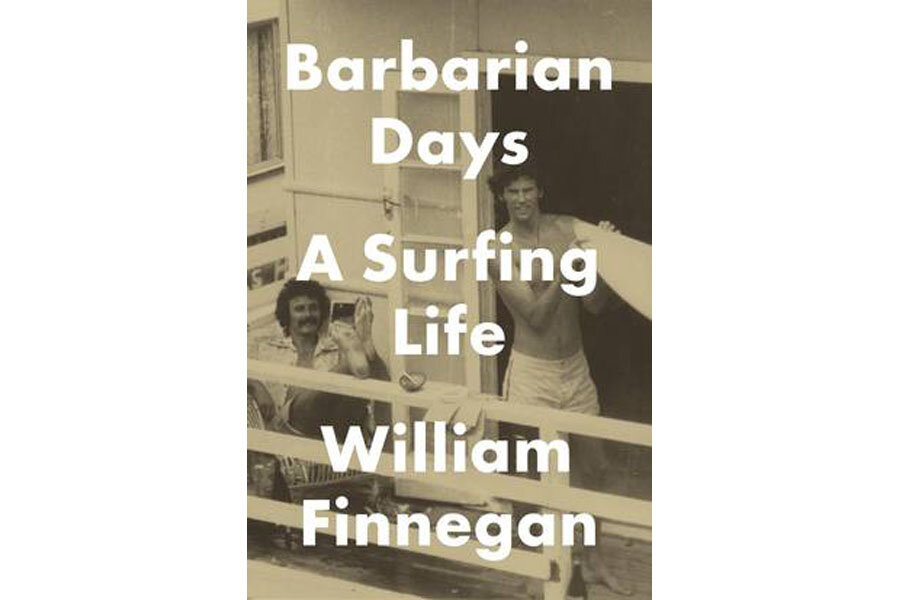A 400-page surfing memoir might seem inordinately long given the stereotypical images many associate with the bronzed-bodied, wave-riding crowd. But William Finnegan hardly fits a narrow view of a single-minded youth whose world begins and ends on the beach. He’s been surfing since the 1960s and been a staff writer at The New Yorker magazine since 1987. An award-winning writer, his 1992 account of surfing at San Francisco’s Ocean Beach is regarded as one of the best pieces ever written about surfing. In “Barbarian Days,” his reflections on his globe-trotting, wave-chasing experiences it is at turns an intellectual autobiography, social history, anthropological study, and sports love letter.
Here’s an excerpt from Barbarian Days:
“Call it endless winter. Summer is part of the popular iconography of surfing. Like much of that iconography, it’s wrong. Most surfers in most places, north or south of the equator, live for winter. That’s when the big storms occur, usually in the higher latitudes. They send forth the best waves. There are exceptions, including, speaking of iconography, Waikiki and Malibu, but summer is most often the doldrums for surfers. An exception that had long interested me was the summer cyclone season in northeastern Australia. Basically, though, when I left Los Angeles in early spring 1978, with a board and a tent and a stack of much-studied nautical charts of Polynesian atolls, I was chasing winter.”





